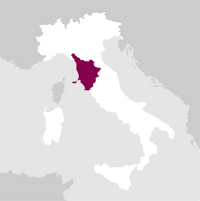描述
The new Guss, a blend of 70% Merlot and 30% Sangiovese, combines the smoothness and intensity typical of Merlot with the elegance and freshness conveyed by the Sangiovese grapes grown in the cool vineyards of Radda in Chianti. Guss Toscana IGT originates in the Pratolino vineyard, a single plot planted entirely with Merlot, located in the municipality of Radda in Chianti and chosen for its pedoclimatic and production characteristics of absolute excellence.
奖项
详情

香水
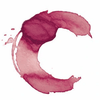
颜色

味道
服务于:
18 - 20 °C.
长寿:
10 - 15 years
醒酒时间:
1 hour
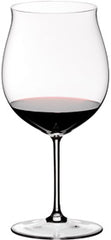
搭配
- 创办年份: 2003
- 酿酒师: Maurizio Castelli
- 生产的瓶子: 120.000
- 公顷: 40
The Beretta family bought the estate in 2003 to increase their interest in the wine-growing sector. They are already active with the family's historic company "Lo Sparviere", which produces the precious Franciacorta sparkling wines. The project took shape with the recovery, in qualitative terms, of the 45 hectares under vine and the construction of an extensive wine cellar built according to the design of architect Spartaco Mori. 阅读更多
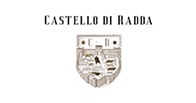
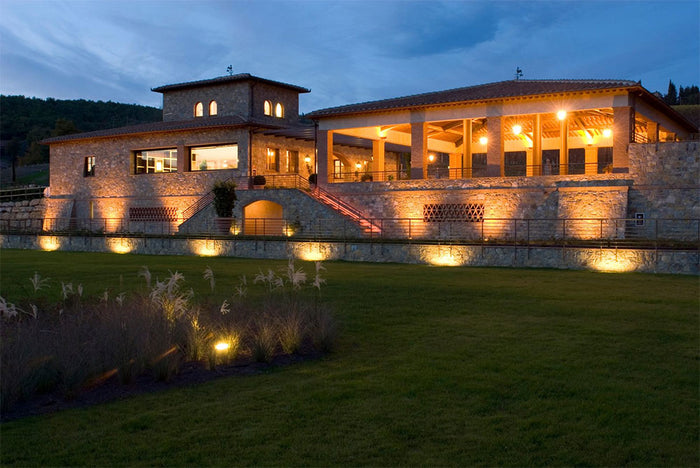
| 名称 | Castello di Radda Guss 2016 |
|---|---|
| 类型 | Red still |
| 葡萄酒名称 | Toscana IGT |
| 年份 | 2016 |
| 容量 | 0,75 l |
| 酒精度 | 15.5% 按体积 |
| 葡萄品种 | 70% Merlot, 30% Sangiovese |
| 国家 | Italy |
| 产地 | Tuscany |
| 供应商 | Castello di Radda |
| 产地 | Municipality of Radda in Chianti |
| 气候 | Altitude: 450 m. a.s.l. Exposure: South. |
| 土壤成分 | Mainly calcareous-clay with a good percentage of stone. |
| 每公顷产量 | 30-35 q. |
| 收获 | From the beginning of October. By hand, with preliminary selection of the grapes in the vineyard and subsequent selection on a sorting table. |
| 酿酒工艺 | The freshly picked grapes are crushed and destemmed before fermenting in temperature-controlled stainless-steel tanks with a capacity of 50 hl. The grapes spend about a month macerating on skins. This is made possible by the perfect ripeness of the grapes. |
| 陈酿 | Malo-lactic fermen-tation then takes place in tonneaux with a capacity of 5 hl, 80% of which are new wood. Ageing continues in the same wooden barrels for about 24 months, with racking carried out at three-month intervals. The wine spends at least twelve months in the bottle before being released for sale. |









